This stunning irregular galaxy really looks strange and unusual but in fact, the galaxy NGC 6745 is the result of a collision between two galaxies, or more precisely an interaction, as a traverse of one by the other.
These two galaxies are crossed there are only a few hundred million years, can still be seen in the lower right edge of the image, a part of the second galaxy, the smaller being away, tearing by the way, a part of the large galaxy.
The great galaxy was before the cosmic collision, a spiral galaxy. It will take a few hundred million years to repair the tissue stellar and regain its original spiral.
It is likely that no star is back in a collision with another, however, gas, dust and ambient magnetic fields have interacted them directly to have the appearance of a cloud stretched by the wind.
The structures of the two galaxies have been altered by the "wind" of gravity.
The great galaxy had to absorb most of the interstellar medium of the small galaxy as it passes within it.
It is likely that the small galaxy passing was stripped of its gas and its interstellar dust. | | Gravity that has torn the tissue stellar of the great galaxy, compressed dust and gas which is currently in the process of young stars born 10 million years (bottom right forming a bridge between the two galaxies).
Besides, we still see the traces in the form of a tear along NGC 6745. NGC 6745 spans about 80,000 light-years long, and lies in the constellation Lyra, 207 million light-years from the Milky Way, our Galaxy. Image: Image of collision of galaxies insightful.
Collision and interaction of galaxies in NGC 6745 as seen by the Hubble Space Telescope.
Image Credit: NASA, ESA, and the Hubble Heritage Team (STScI/AURA) - ESA/Hubble Collaboration Acknowledgment: Roger Lynds et al. | | 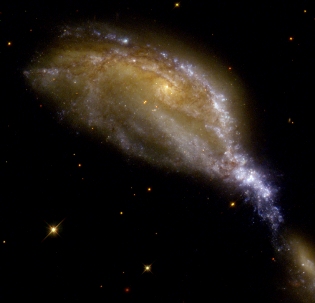 |
 Automatic translation
Automatic translation



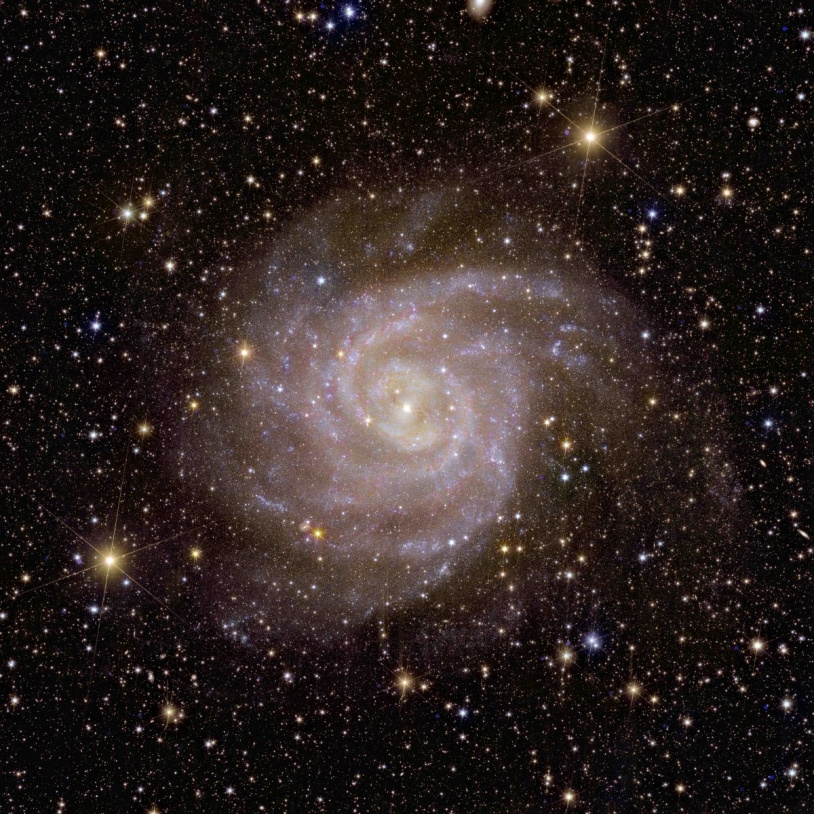 The hidden galaxy, one of Euclid's first images
The hidden galaxy, one of Euclid's first images
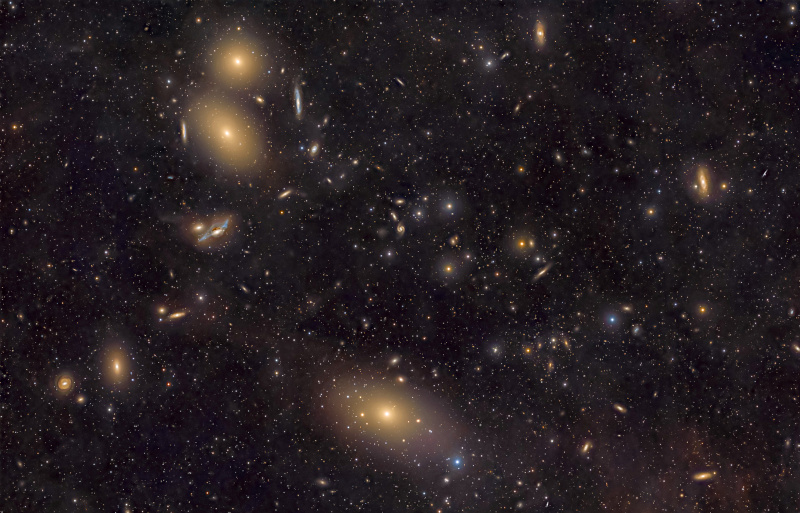 The Virgo Cluster spans approximately three Full Moons
The Virgo Cluster spans approximately three Full Moons
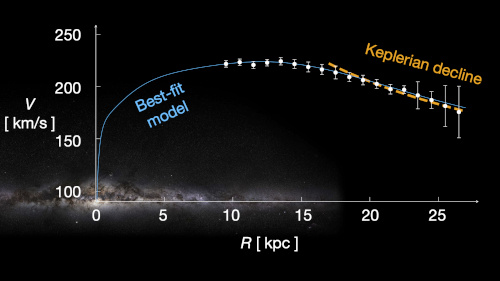 Where did the dark matter in our Galaxy go?
Where did the dark matter in our Galaxy go?
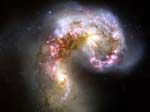 Merging galaxies and black holes
Merging galaxies and black holes
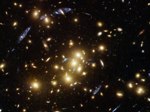 Mirages created by gravitational lenses
Mirages created by gravitational lenses
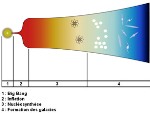 Mystery of the Big Bang, the problem of the horizon
Mystery of the Big Bang, the problem of the horizon
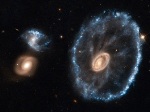 Cartwheel Galaxy Cosmic Event
Cartwheel Galaxy Cosmic Event
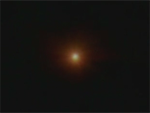 The first second of our history
The first second of our history
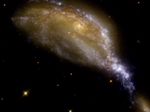 A small galaxy tears apart the large NGC 6745
A small galaxy tears apart the large NGC 6745
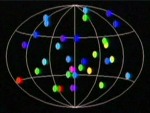 The mystery of gamma bursts
The mystery of gamma bursts
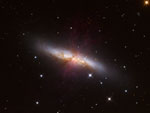 The Cigar Explosion
The Cigar Explosion
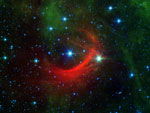 Shockwaves
Shockwaves
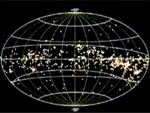 Gould's belt, a stellar fireworks display
Gould's belt, a stellar fireworks display
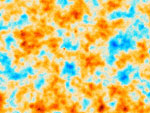 Recombination in cosmology
Recombination in cosmology
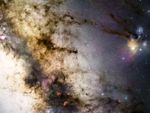 Journey to the center of our galaxy
Journey to the center of our galaxy
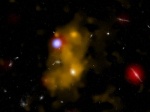 Lyman-alpha bubbles
Lyman-alpha bubbles
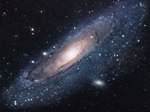 Andromeda in the ultraviolet
Andromeda in the ultraviolet
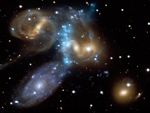 The most beautiful galaxy clusters
The most beautiful galaxy clusters
 Tinkerbell merger of three galaxies
Tinkerbell merger of three galaxies
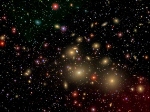 A gigantic black hole
A gigantic black hole
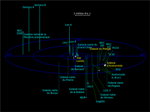 Enigma of coplanar galaxies
Enigma of coplanar galaxies
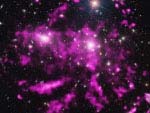 The cluster of galaxies Coma in its soup
The cluster of galaxies Coma in its soup
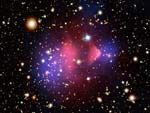 The cannonball, proof of dark matter
The cannonball, proof of dark matter
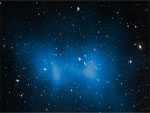 El Gordo galaxy cluster
El Gordo galaxy cluster
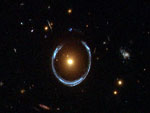 Einstein ring and cross
Einstein ring and cross
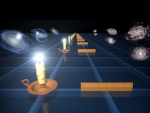 How to measure distances in the Universe?
How to measure distances in the Universe?
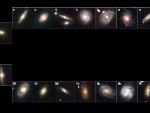 The Hubble sequence and types of galaxies
The Hubble sequence and types of galaxies
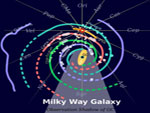 The spiral shape of the galactic arms
The spiral shape of the galactic arms
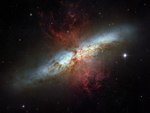 Even more stars, the Cigar galaxy
Even more stars, the Cigar galaxy
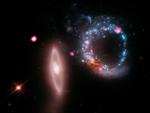 The Universe of X-rays
The Universe of X-rays
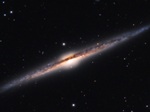 The most beautiful galaxies
The most beautiful galaxies
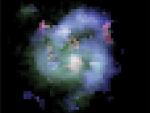 The oldest galaxies in the universe
The oldest galaxies in the universe
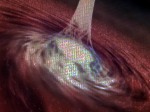 Quasars the nuclei of galaxies
Quasars the nuclei of galaxies
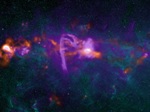 Sagittarius A black hole at the center of our Galaxy
Sagittarius A black hole at the center of our Galaxy
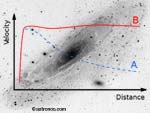 The MOND theory and its contradiction
The MOND theory and its contradiction
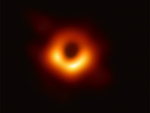 The first image of a black hole
The first image of a black hole
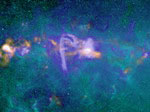 Central area of the Milky Way
Central area of the Milky Way
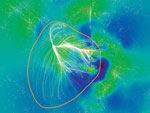 Laniakea, our supercluster of galaxies
Laniakea, our supercluster of galaxies